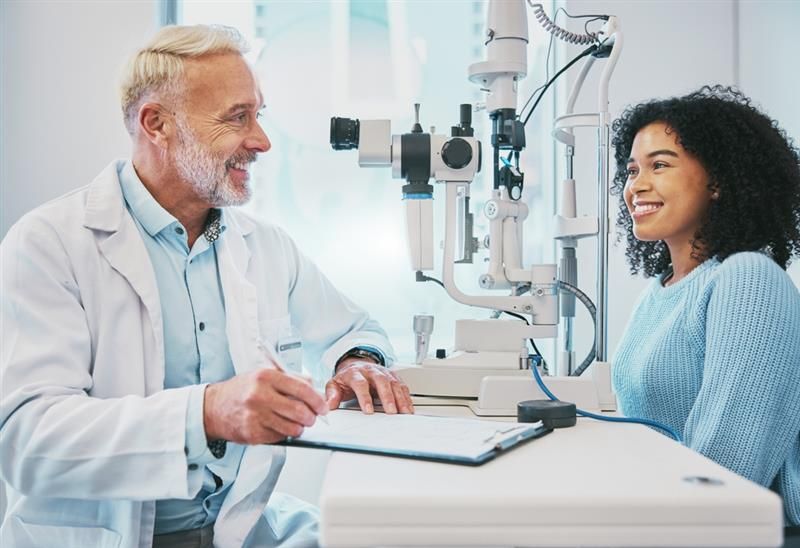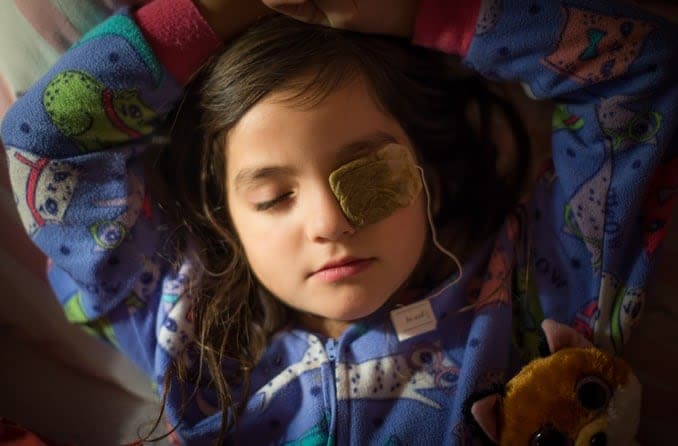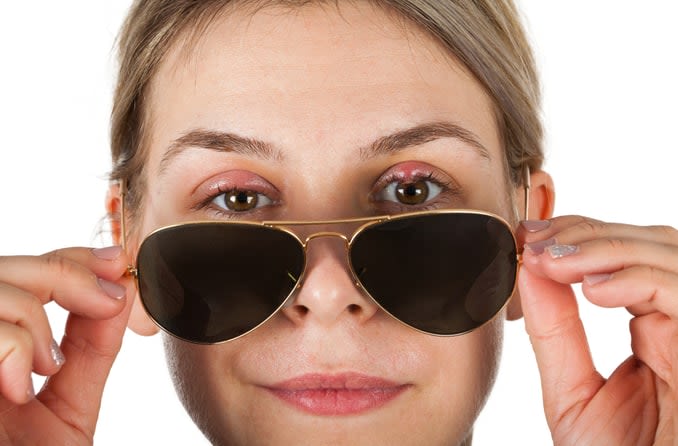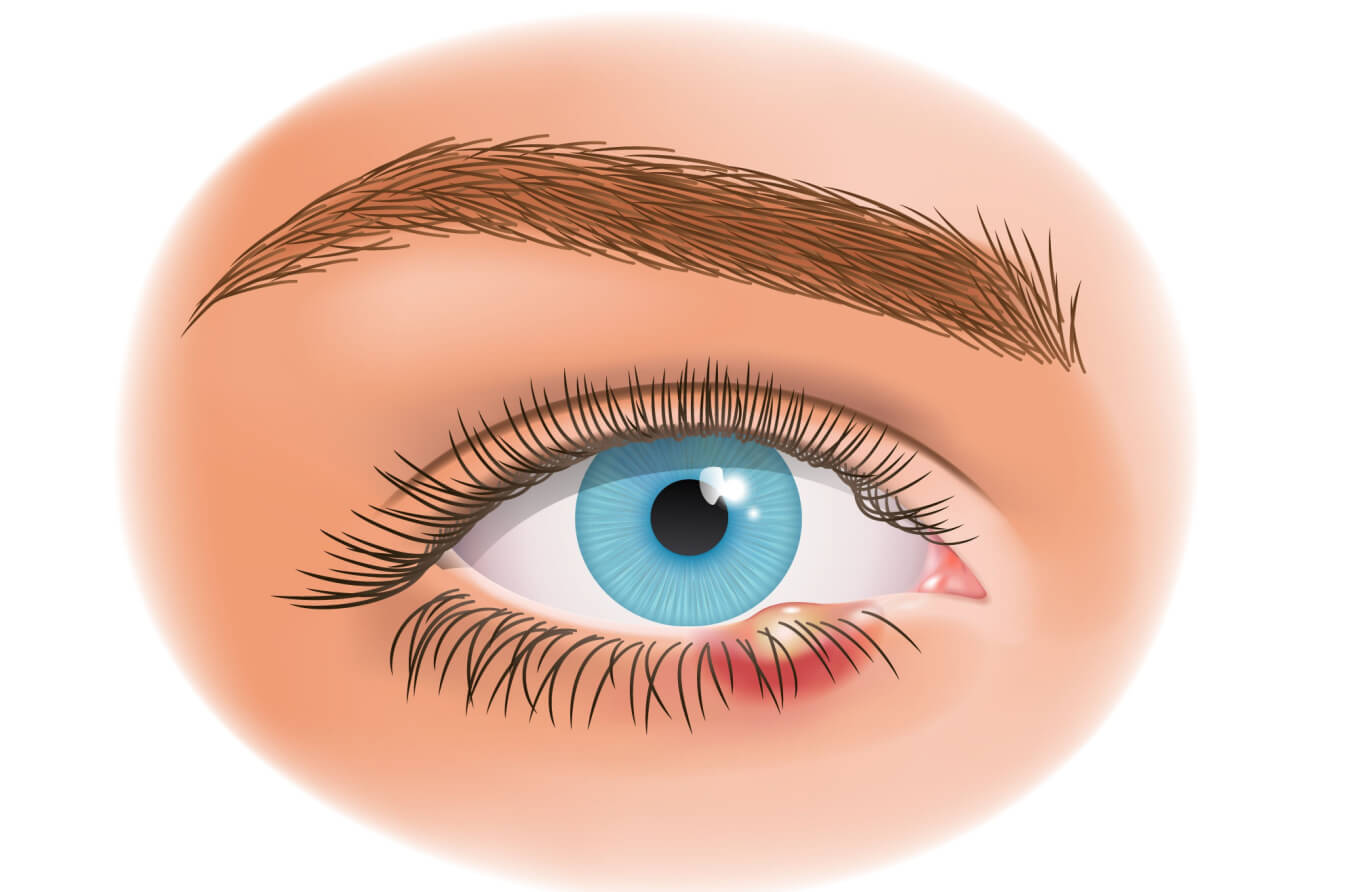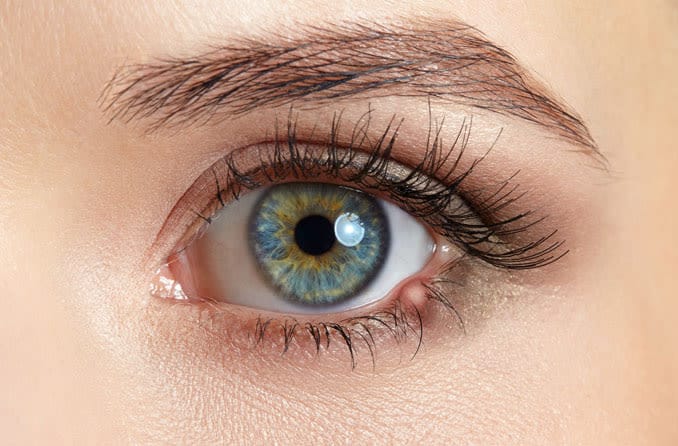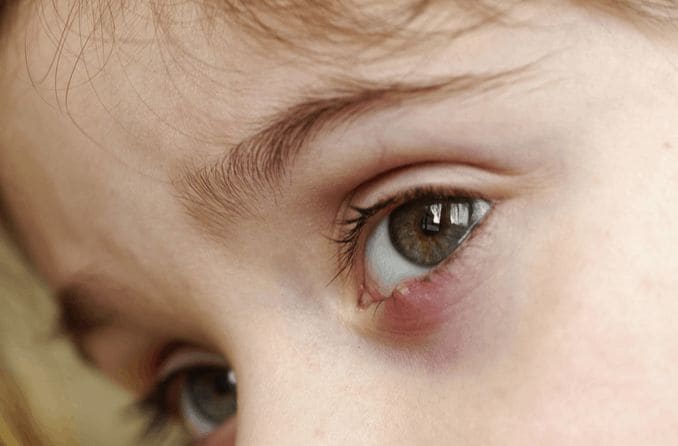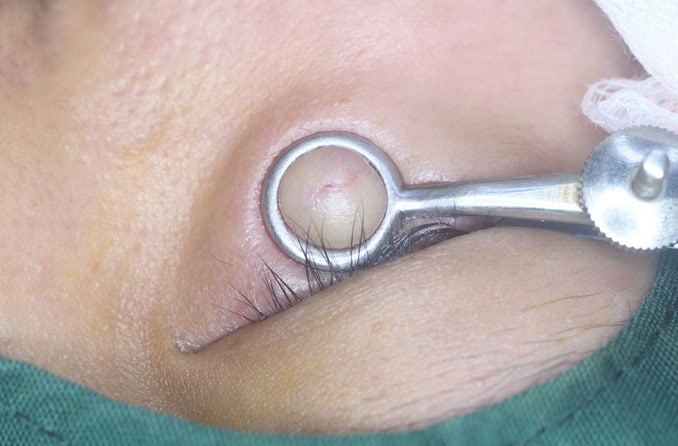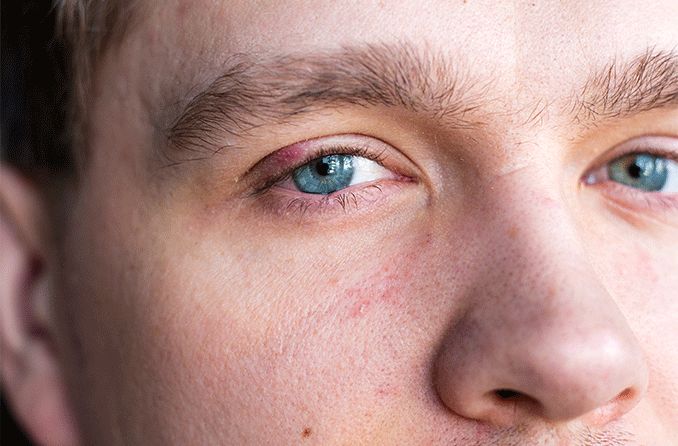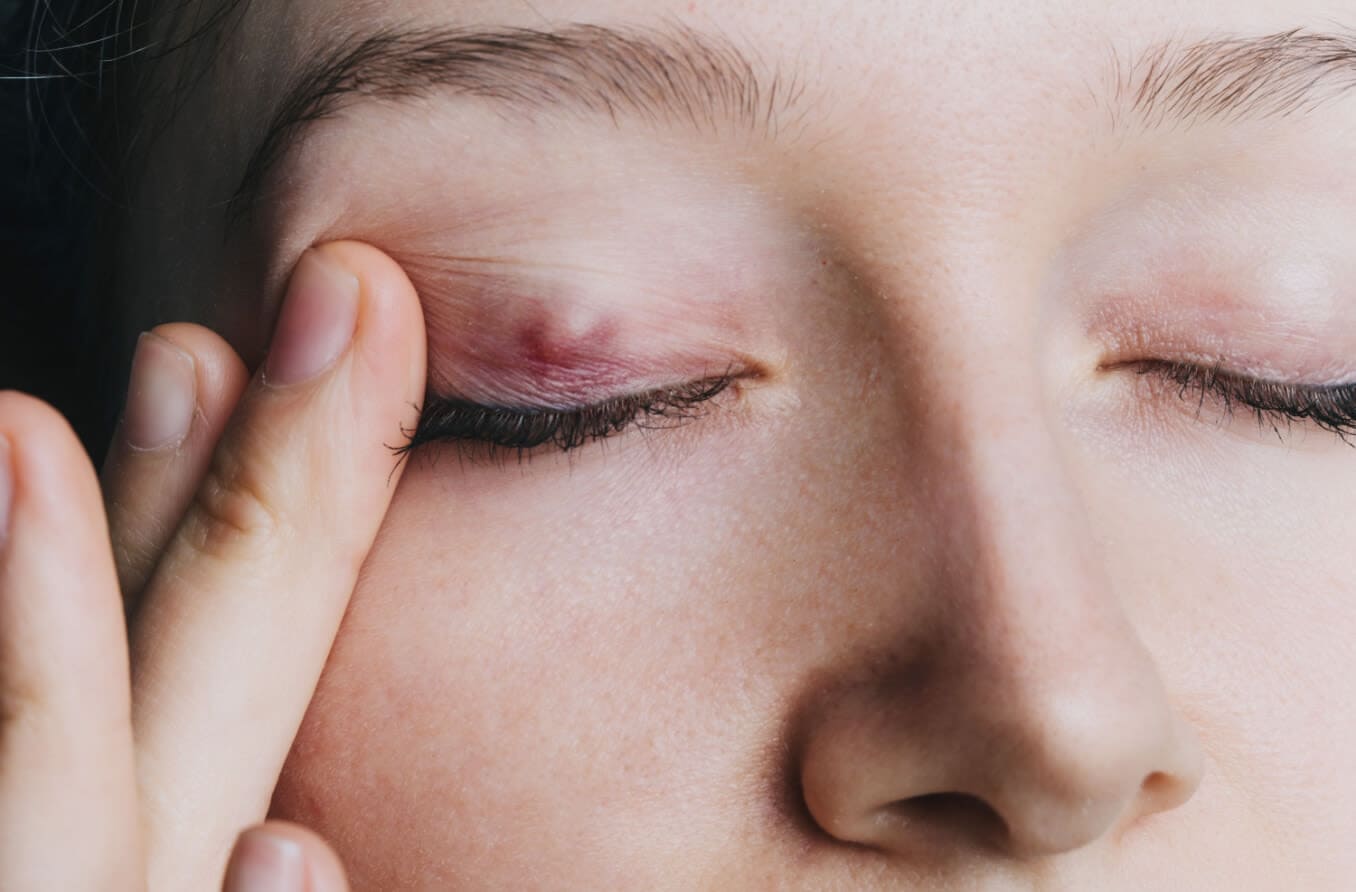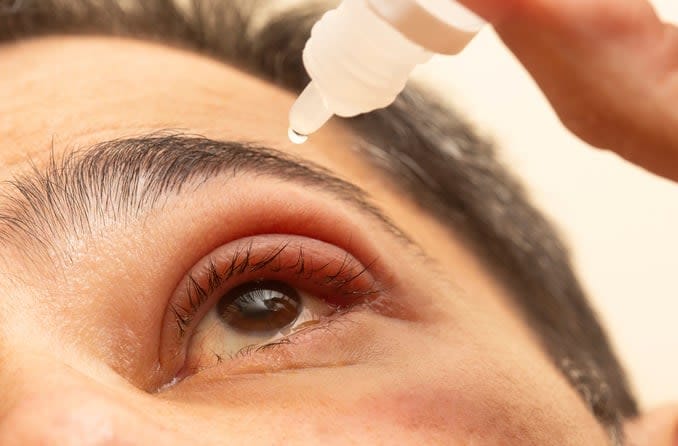Styes and Chalazia
Learn about eye styes (hordeolum) and chalazia, including causes, symptoms, and treatments.
Related Articles
All About Vision and AllAboutVision.com are registered trademarks of AAV Media, LLC. © 2000-2025 AAV Media, LLC. The content on this site is for informational purposes only. All About Vision does not provide medical advice, diagnosis or treatment. Contact an eye doctor if you need medical attention.
